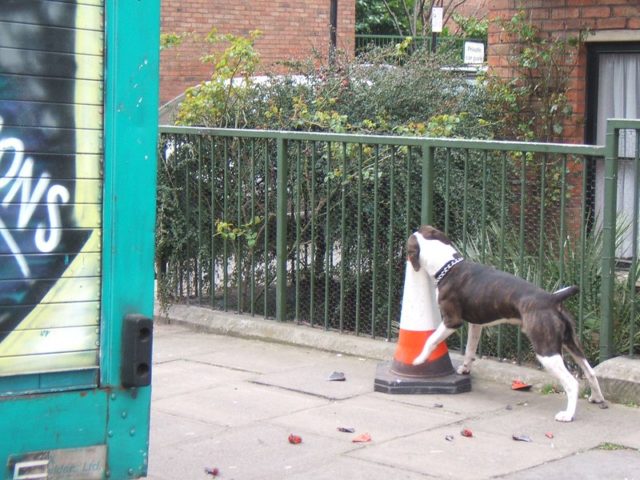
If your pet is reaching seniority, it’s fairly common that they may begin to experience changes in their physical body as they age. These can often become uncomfortable, and if not managed correctly, they can impact the quality of life your dog enjoys. As their owner, it is your direct responsibility to ensure they are as healthy and happy as possible, considering they are entirely in your care and incapable of obtaining the help they may require for themselves.
The following list is a compilation of common conditions in senior dogs, and how to appropriately treat them. If your pet is in severe pain or has a disease, infection or injury which is causing discomfort, take them to the vet immediately. However, for more minor conditions, at-home remedies and lifestyle changes can help lessen the impact on their daily lives and make the pair of you happier and reassured of your dog’s health.
Incontinence
Perhaps a more embarrassing condition for us humans, but for dogs this simply becomes an issue they cannot control, and may ruin a carpet or two if you don’t take measures to manage it. Old age makes muscle contraction less effective, and this can result in it being harder for your dog to wait to relieve itself in a proper setting (i.e., the park). It’s important to recognise that this doesn’t mean your dog is not well trained, or that they are misbehaving, but is the consequence of a medical condition which places no blame on the pet themselves.
Incontinence, however, can be a sign of other diseases, so it’s worth having your dog checked at the vet just in case. An easy way to manage this is simply by incorporating more outside breaks throughout the day, making more frequent opportunities to relieve themselves and not making them ‘hold it in’. Some people have even implemented ‘dog nappies’ though we recommend this as a last resort, as changing a doggie diaper is not on everyone’s bucket list!
Joint Pain
A lot of senior dogs can contract arthritis, which is an inflammation of the joints. This is really common, and creates quite a problem for day-to-day movement, as it can make walking painful, and their limbs feel awkward, stiff and uncomfortable. Usually, the cartilage within a joint, such as in between the hip or knee bones, changes shape or becomes damaged. This means the bones begin to rub together without the buffer cushion of cartilage and this can become very sore. Glucosamine for dogs is a common treatment for conditions which involve joint health, as it is a structural component of cartilage. Taking a supplement such as YuMove joint care, a trusted brand which delivers high quality and researched products, can really help ease your dog’s discomfort. Learn more about glucosamine for dogs here, and see how YuMove can help rebuild the tissue which naturally cushions the joints.
Deafness
Hearing problems can be as common in dogs as they are in humans, though it’s obviously harder for your pup to communicate or for you to notice. If your dog appears to ignore your calls at a distance, doesn’t hear you calling them for food or ringing the dinner bell, and no longer barks when they hear a knock at the door, they may be losing some of their hearing. You can take them to your vet to confirm this and see if there are ways to prevent further loss, but for many households a deaf dog is not hard to manage. Using visual cues instead of auditory cues to communicate is one way to alter your interactions in order to accommodate your pet, like showing them car keys, their lead or food bowl for them to understand your intentions. This may take time, but is an easy way to maintain communication.
Fatigue
Many older pups will have less energy than you remembered as they age, but this is no real cause for concern as long as they remain a healthy weight and keep getting an appropriate form of exercise. Prepare yourself for the eventuality that they may not want to play a hearty game of tug or numerous rounds of fetch, but this also doesn’t mean they should keep getting attention and fun in their lives. You can swap these activities for extra cuddles, shorter or less exhausting walks, but you may lose your favourite jogging companion if they start not being able to keep up. These are natural progressions, and you can find other ways to enrich your dog’s life and keep them stimulated. They may also need to nap more often in the day, and may begin to enjoy spectating the room rather than running around the house.
Hopefully this list has helped you identify the issues you may be facing with your pet, and offers relevant information, advice, and directions to resolving or lightening the effects of their individual condition.


















